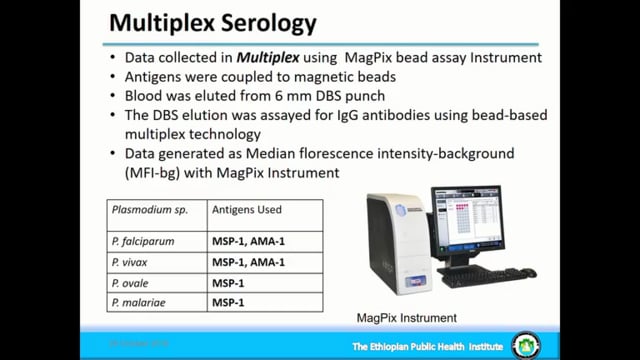Last Updated: 02/09/2025
Plasmodium vivax burden, range and transmission among Duffy-negative inhabitants in Cameroon (VIBRANT)
Objectives
The objectives are;
- To map the seroprevalence and distribution range of P. vivax among febrile patients in the different geo-ecological regions of Cameroon.
- To characterise the main P. vivax vectors in identified hotspots and define their role in the transmission of malaria in Duffy negative populations in Cameroon.
Although Plasmodium vivax, one of the malaria causing species has the widest geographical distribution, it is restricted in sub-Saharan Africa due to the absence of a red blood cell receptor (Duffy antigen) in black Africans. Plasmodium vivax has however, been observed as single infection in up to 5% of Duffy-negative febrile patients in Dschang, West region of Cameroon. While important, the significance is limited from an epidemiological point of view, concerning the source, transmission, distribution range of P. vivax. There is thus a challenge in the true estimation of malaria burden, as well as the attributable parasite species in infections occurring in most of Cameroon. As a consequence, our understanding of the local epidemiology of malaria in Cameroon warrants formal investigation. The VIBRANT (Vivax Burden, Range ANd Transmission) study proposes to 1) map the seroprevalence and distribution range of P. vivax among febrile patients in the different geo-ecological regions of Cameroon; 2) characterise the main P. vivax vectors in identified hotspots and define their role in the transmission of malaria in Duffy negative populations in Cameroon. Through cross-sectional hospital surveys, the study will identify and geo-reference P. vivax exposure, using an innovative multiplex serology technology, in finger stick dried blood spots from febrile children and adults suspected for malaria. Based on the findings, an entomological survey will be conducted in catchment areas of identified hotspots. Mosquitoes will be identified, the salivary gland infectivity determined as well as the vector abundance/dominance and anthropophily using molecular and serological methods. Results will be disseminated via open access via publications via preprints and through engagement with the national malaria control program, university graduates and patient communities.
Jul 2021 — Jun 2024
$168,000


